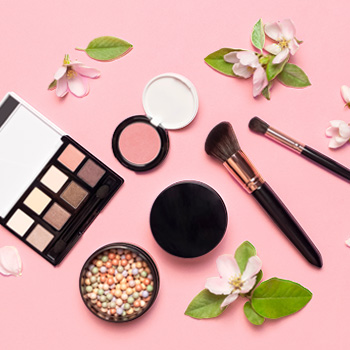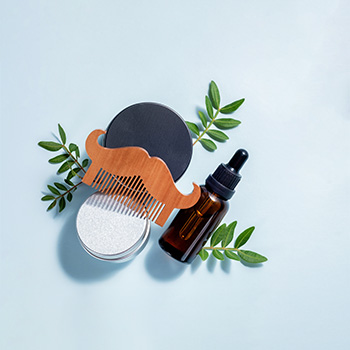
Retinol: Winter’s Best-Kept Secret
Retinol is a powerhouse ingredient that can transform your skin by boosting cell turnover, reducing fine lines, and improving texture. Winter is the ideal season to introduce retinol into your skincare routine, thanks to lower sun exposure, which minimizes the chances of photosensitivity often associated with retinol use. Here’s how to maximize its benefits this winter!
What Age Should You Start Using Retinol?
Dermatologists typically recommend starting retinol in your mid to late 20s, as this is when your skin’s natural collagen production begins to slow. Incorporating retinol at this stage can provide significant anti-aging benefits.
Who Can Use Retinol?
Retinol is suitable for most skin types, but those with sensitive or dry skin should approach it with caution. If you have normal or oily skin, retinol may work even more effectively for you. For sensitive skin, consider starting with a milder formulation or lower concentration to minimize irritation. Check COSRX The Retinol 0.1 cream or Skincare Retinol Super Retinol Serum
How to Use Retinol in Winter
- Start Slow: Begin with a low concentration, applying it just once or twice a week. Gradually increase usage as your skin builds tolerance.
- Night Use Only: Retinol can increase your skin's sensitivity to the sun, so it’s best reserved for your nighttime routine.
- Moisturize Generously: Winter dryness can amplify retinol’s effects, so follow up with a hydrating moisturizer, such as Petite Maison Moisture Boom or COSRX Hydrium
- Don’t Skip Sunscreen: Even during winter, UV rays can still affect your skin. Be sure to apply SPF daily.
Incorporating retinol into your winter skincare routine is a fantastic way to start enjoying its benefits with minimal irritation. Remember, patience is key—results take time, but they are well worth the wait!
WAW BEAUTY TEAM







